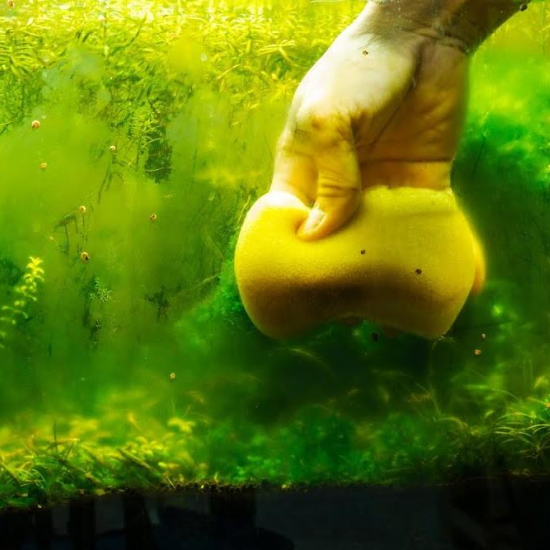Although water storage products are primarily used for storing water, they can also store a variety of other materials. Additionally, animal feeders and licks are also widely used in our country. The reason for the formation of algae in the tank is due to the cleanliness of the tank. Algae that form in the tank usually do not directly harm humans, pets, or plants. However, algae in the tank can cause a health or aesthetic problem. Algae that form inside the tank can reduce water quality and affect its appearance.
As algae form in the tank, the number of bacteria that breed in the water can also increase, which can pose a health risk. Algae that form, especially increase the number of bacteria that breed in the water and accelerate the growth of microorganisms in the water. At the same time, as algae form in the tank, oxygen levels in the water can decrease, which can be harmful to aquatic animals. To prevent algae in your tank, the tank needs to be cleaned and the water needs to be filtered. Covering options can also be used to prevent the growth of algae by blocking sunlight. The use of algae-inhibiting drugs in the water in the tank is also used to prevent growth.
Why Does Algae Form in the Water Tank?
Algae formation in tanks is generally associated with factors such as temperature, humidity, water quality, and lighting. These factors affect the environment inside the tank and cause algae to form. The cleanliness of the tank plays an important role in the formation of algae. The growth of algae in the tank requires organic matter and a suitable environment. The cleanliness of the tank reduces the amount of organic matter in the tank, which prevents the growth of algae.
Regular cleaning of the tank can prevent the growth of algae in your tank. Cleaning the water in the tank helps reduce the amount of organic matter formed. This creates an environment that is not a nutrient source for algae.
In addition, it is important to maintain the movement of water during cleaning; stagnant water makes it easier for algae to grow. Therefore, water pumps or moving filtration systems can be used to prevent water stagnation in the tank. In conclusion, tank cleanliness is important to prevent the formation of algae, as a clean, organic matter-containing environment is required for the growth of algae. Polyethylene water tanks may be more prone to algae formation. However, it is possible for algae to form in any tank if necessary precautions are not taken. There are easy measures available to prevent algae formation in tanks. Regular cleaning of the tank helps reduce the amount of organic matter formed and helps prevent the growth of algae. Other factors that cause algae formation in the tank are as follows:
• Heat: Algae usually grow and reproduce faster in warm environments. High temperatures inside a storage can accelerate the growth of algae.
• Humidity: The humidity level should be high in a suitable environment for algae. High humidity levels inside a storage can facilitate the growth of algae.
• Water quality: Waters containing high carbonate or phosphate, which contain the necessary nutrients for algae, are suitable environments for the growth of algae.
• Lighting: The degree of light required for algae is usually sufficient in environments where natural lighting is adequate. Insufficient lighting inside a storage can hinder the growth of algae.
• Storage cleanliness: Water inside the storage enables the growth of algae, and algae can grow faster in a dirty water-filled storage.
• Water mobility: Low water mobility inside the storage enables the reproduction of algae.
Therefore, measures such as lowering the temperature, reducing humidity, improving water quality, increasing lighting, increasing water mobility or improving water cleanliness can be taken to prevent the formation of algae inside the storage.


 EN
EN
 DE
DE
 FR
FR
 IT
IT
 ES
ES
 PT
PT
 RU
RU
 AR
AR
 BG
BG
 SR
SR
 GR
GR
 SQ
SQ
 RO
RO
 PL
PL
 HU
HU
 CZ
CZ
 HR
HR
 AZ
AZ
 GE
GE
 AM
AM
 IL
IL
